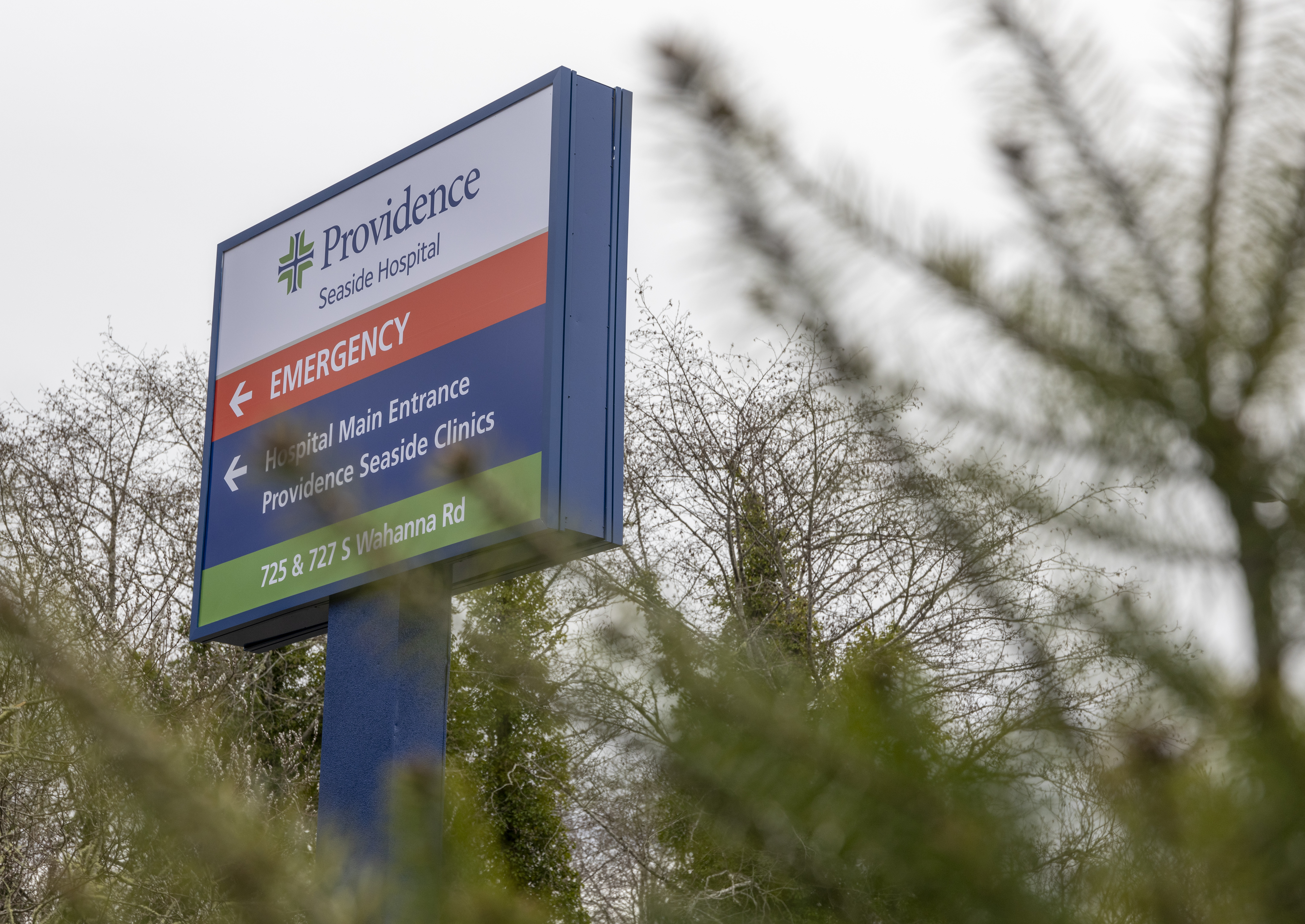Guest Column: Should nature take its course?
Published 12:30 am Thursday, August 22, 2024

- Jennifer McCausland
A recent U.S. Fish and Wildlife Service action plan poses a dilemma for conservationists in the Northwest: Eradicate a half-million members of one owl species to preserve a related species that is endangered.
Trending
The northern spotted owl is no stranger to controversy. In the 1980s and 1990s, the owl became the symbol of the struggle between environmental champions opposed to the destruction of the owls’ habitat — mostly in Oregon and Washington state — and the timber industry. The owl survived, but in greatly diminished numbers. The U.S. Forest Service estimates that only 3,500 to 5,000 of the birds remain on federal lands.
In the past few decades, the slightly larger and more aggressive barred owl has moved westward and displaced its smaller cousin. While it is illegal to shoot either species, the Fish and Wildlife Service plans to issue permits to allow hunters to kill as many as 500,000 barred owls over the next 30 years. Already, a plan that allows killing of barred owls has been underway for several years and shown to stabilize the spotted owl populations in select areas. It appears that absent human meddling, spotted owls eventually lose out to barred owls, which have been deemed an invasive species by environmental groups.
This controversy raises an ethical issue as to what extent humans should “play God” to determine the fate of a species. Thousands of invasive species have followed humans and our destruction of habitat to spread across the United States. Since 1900, for instance, coyotes have spread from their Western habitat as far east as New York City and as far north and south as Canada and Mexico.
Trending
Humans, through our urban development and forest management — or mismanagement — practices, have paved the way for hundreds of mammalian and avian species to move to safer and more promising climes. One wonders how a species would be “chosen” for selective eradication to benefit another simply because it was deemed “invasive.”
The Fish and Wildlife Service plan, under the aegis of the U.S. Department of the Interior, would allow hunters to pick off any barred owls that were on a stationary perch in full unobstructed view. The plan requires training so hunters can distinguish between the two owl species. They would also have to immediately bury any critically wounded birds. Imagine the confusion and horror of walking through a normally quiet woods that is subject to such a culling program. At what point, we may ask, does the relative success of one species justify its partial eradication at the hands of humans to enhance the chances of survival of another?
The U.S. Supreme Court’s late June decision around the Chevron doctrine may add a new twist to this owl management debate. In Loper Bright Enterprises v. Raimondo, the court held that federal courts may question the administrative implementation of ambiguous federal laws, such as the Endangered Species Act. While progressives almost universally condemned this reversal of deference to federal agency actions, the court ruling opens the door for conservationists to challenge the new owl-culling program, creating the possibility that more localized decision-makers might prevail in tackling these difficult problems.
No one in this controversy feels good about an outcome that vastly reduces the number of one owl population to favor another. Yet this moral conundrum should motivate us to come up with more creative solutions, such as population control through infertility and other ideas that have not yet been tried.
Seventy-five conservation and wildlife groups have sent a letter to Secretary of the Interior Deb Haaland urging caution and a pause before adopting the new plan. We need time to assess the plan’s impact and whether alternatives make sense. Racing to kill one species that has taken a hundred years to move across the country is fraught with peril and poses larger questions about whether in some cases it is better to let nature take its course.









